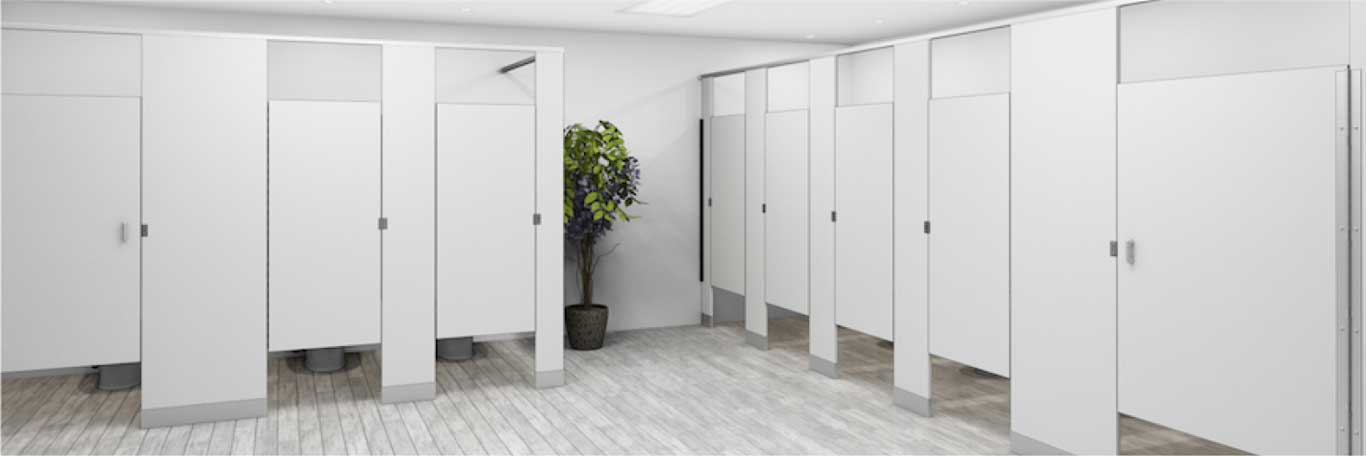

A toilet is a specially designed clean, safe, comfortable and hygienic room complete with a toilet, clean water supply and other equipment, where employees can defecate and meet other physical, social and psychological needs.
Building Restroom Requirements
Many people believe it’s a personal hygiene mistake to use public restrooms, but these facilities have to be in line with local and international standards just like any other public facility. You may be thinking that a public toilet is often just toilet stalls, urinals, sinks, conventional hand dryers — in other words, the minimum essentials. It’s not like the bathroom at home that’s made for maximum comfort. Commercial building restrooms nonetheless can’t design a public bathroom as they wish. They need to comply with specific public restroom requirements to ensure the space is functional, accessible, and allows users to take care of their hygiene needs.
Apart from the availability of toilets, there are certain standards that all restrooms need to meet in terms of privacy. The toilets need to be closed from 3-4 sides with walls and a functional door to open and close the stalls. Additionally, hand washing and drying amenities must be present for users to be able to maintain their hand hygiene after use of the toilet. All restroom requirements for businesses or public restrooms include the presence of soap, running water, and means for hand drying. Hand dryers are available in a variety of sizes, shapes, and features that each facility owner can select from.
The number of toilets needed in the warehouse
The amount of restrooms is not as crucial as the number of amenities: stalls, toilets, sinks, and hand dryers. This being said, there must be accessible restrooms for members of both genders or the restrooms must be unisex. There can’t be an uneven number of restrooms between the genders if the bathrooms are gendered. For employees, the restroom requirements for commercial buildings is: at least 1 toilet for every 16-35 employees, at least 2 toilets for every 36-55 employees, and at least 3 toilets for any number greater than that.
